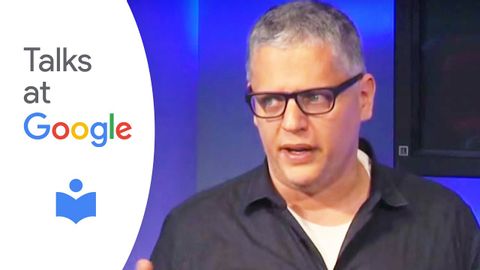
Subtitles & vocabulary
Professor Gil Weinberg: "Robotic Musicianship at Georgia Tech" | Talks at Google
00
richardwang posted on 2015/08/13Save
Video vocabulary
rhythm
US /ˈrɪðəm/
・
UK /ˈrɪðəm/
- Noun (Countable/Uncountable)
- Pattern of events, motions, or changes
- A pattern of sound and beats in music
A2
More audience
US /ˈɔdiəns/
・
UK /ˈɔ:diəns/
- Noun (Countable/Uncountable)
- Group of people attending a play, movie etc.
A2TOEIC
More create
US /kriˈet/
・
UK /krɪ'eɪt/
- Transitive Verb
- To make, cause, or bring into existence
- To cause something to happen; to give rise to a particular situation or state.
A1
More beat
US /bit/
・
UK /bi:t/
- Intransitive Verb
- To move in regular motions in order to push blood
- Transitive Verb
- To strike or hit repeatedly and with great force
- To mix ingredients together with a fork or machine
A2
More Use Energy
Unlock All Vocabulary
Unlock pronunciation, explanations, and filters
